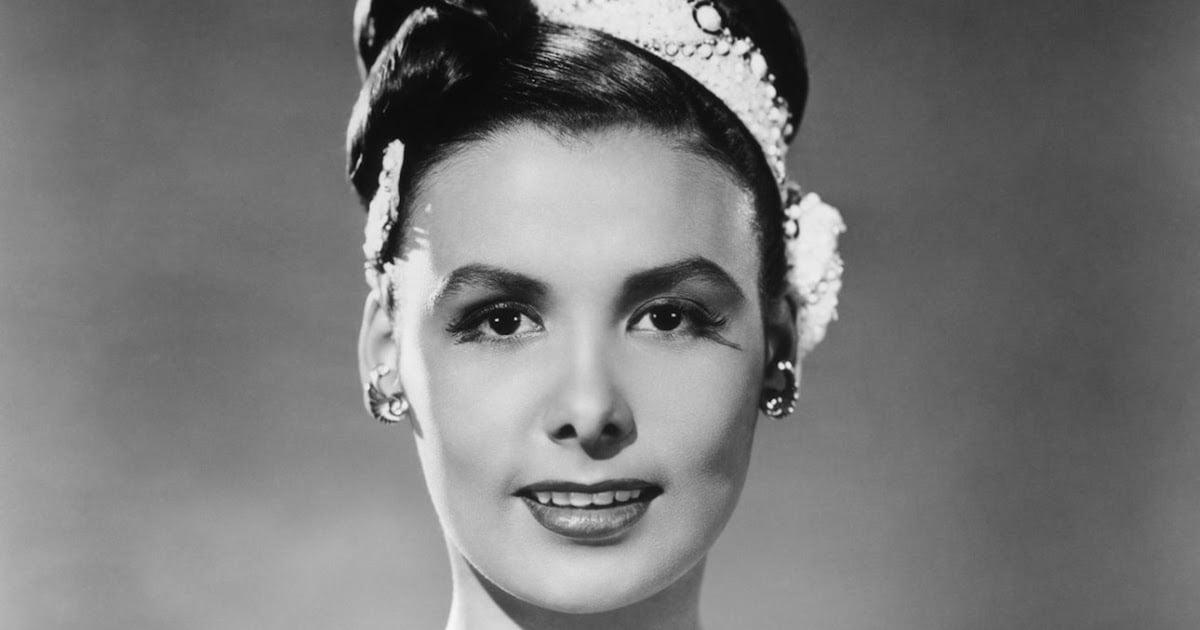In the spring of 2010, I accepted a job with a student tour company to lead a group of middle schoolers from Anniston, Alabama, around New York City. This group wanted a tour that highlighted Black history and culture, and I had been a professional NYC tour guide for more than 15 years at that time, so I knew how to configure tours for each group’s special interests.
Login to read more
Sign in or create a free account to access Subscriber-only content.
